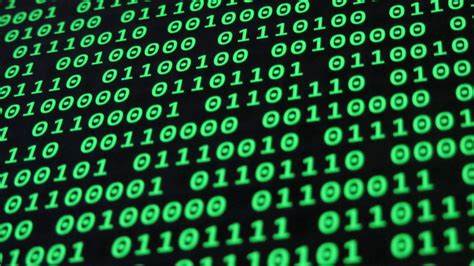Easy101: Binary
Understanding Binary
The binary system (base-2) is a way of representing numbers using only two digits: 0 and 1.
The decimal system (base-10) is what we use daily, with digits ranging from 0 to 9.
To convert a binary number to decimal:
- Write down the binary number.
- Assign powers of 2 to each binary digit, starting from 0 on the right.
- Multiply each binary digit by its corresponding power of 2.
- Add the results.
Quick Example: Convert 1011 to Decimal
Let’s convert the binary number 1011 to decimal using the table below:
| Binary Digit | 1 | 0 | 1 | 1 |
|---|---|---|---|---|
| Power of 2 | (2^3) | (2^2) | (2^1) | (2^0) |
| Value | 8 | 0 | 2 | 1 |
- Step 1: Write each binary digit and align it with its corresponding power of 2.
- The leftmost binary digit
1corresponds to (2^3 = 8). - The next binary digit
0corresponds to (2^2 = 0). - The binary digit
1corresponds to (2^1 = 2). - The last binary digit
1corresponds to (2^0 = 1).
- The leftmost binary digit
Step 2: Multiply each binary digit by its power of 2: [ (1 * 2^3) + (0 * 2^2) + (1 * 2^1) + (1 * 2^0) = 8 + 0 + 2 + 1 ]
- Step 3: Add the results: [ 8 + 0 + 2 + 1 = 11 ]
Thus, 1011 in binary = 11 in decimal.
More Examples
Here are more examples to help you practice:
| Binary | Powers of 2 | Decimal Calculation | Decimal |
|---|---|---|---|
110 | (2^2, 2^1, 2^0) | ( (1 * 4) + (1 * 2) + (0 * 1) ) | 6 |
1010 | (2^3, 2^2, 2^1, 2^0) | ( (1 * 8) + (0 * 4) + (1 * 2) + (0 * 1) ) | 10 |
1111 | (2^3, 2^2, 2^1, 2^0) | ( (1 * 8) + (1 * 4) + (1 * 2) + (1 * 1) ) | 15 |
Try It Yourself
Convert the following binary numbers into decimal:
110001001010101010101010
Post your answers in the comments below!
Why Learn Binary?
Binary numbers are the foundation of computer systems. Every piece of digital data, from text to images to videos, is stored and processed in binary. Understanding binary conversions helps you unlock the basics of computer logic and digital processing.
